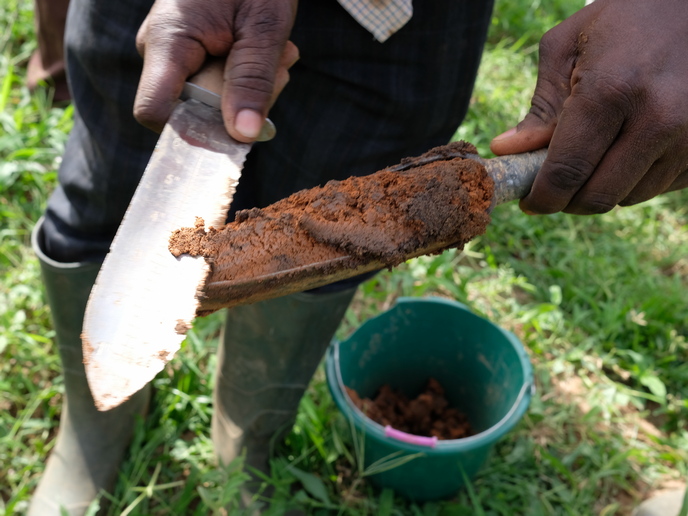Carbon smart forest management
Capable of removing and storing vast amounts of CO2, forests are our greatest ally in the fight against climate change. In fact, it is estimated that forests remove nearly 3 billion tons of anthropogenic carbon every year – absorbing about 30 % of all CO2 emissions coming from fossil fuels and deforestation. Furthermore, the world’s 4 billion hectares of forests also store more than double the amount of carbon currently in the atmosphere. So, how can we best leverage a forest’s carbon sink potential while reducing carbon emissions by forestry? According to the EU-funded CARE4C(opens in new window) project, a good place to start is with carbon smart forest management. “Carbon smart forest management works to manage forests according to the principles of sustainable development, taking carbon balancing into account,” explains Enno Uhl, chair of forest growth and yield science at the Technical University of Munich(opens in new window), the project’s coordinating partner.
Analysing carbon sequestration potential and emissions in forestry
The Marie Skłodowska-Curie Actions(opens in new window) programme project looked to orientate forestry towards a low-carbon emitting society. “We analysed the carbon sequestration potential of different forest types at different climates and how this potential is impacted by climate change and forest management,” says Uhl. “We also looked at how much carbon is released by forest operations and how this can be better optimised.” For example, as part of this research, the project looked at fuel consumption and associated CO2 emissions during different wood harvesting processes in different forest types. What they found was that the growth of trees far exceeds the CO2 released by forestry machines. “This demonstrates the positive impact that active forest management can have on tree growth, resilience, and carbon sequestration,” adds Uhl.
Quantitative carbon accounting
With this research in hand, the project developed a simulation model for carbon uptake and emissions in forestry that enables quantitative carbon accounting. The model will soon be available to forest management stakeholders as a free software solution. “By painting an unprecedentedly comprehensive picture of the carbon balance in forestry, the CARE4C project is paving the way towards carbon smart forest management,” concludes Uhl. The project is further promoting its carbon smart forestry concept via published articles(opens in new window) and targeted training opportunities. It is also organising an international case study where forestry management services from Poland to South Africa will utilise the CARE4C model to gain practical insights on enhancing their sustainable best practices.







